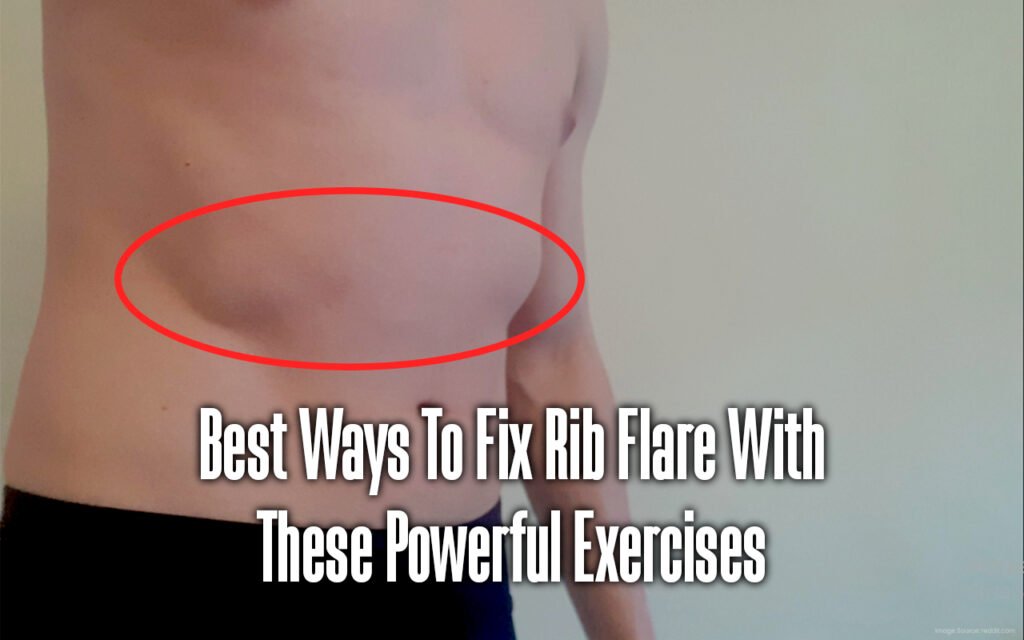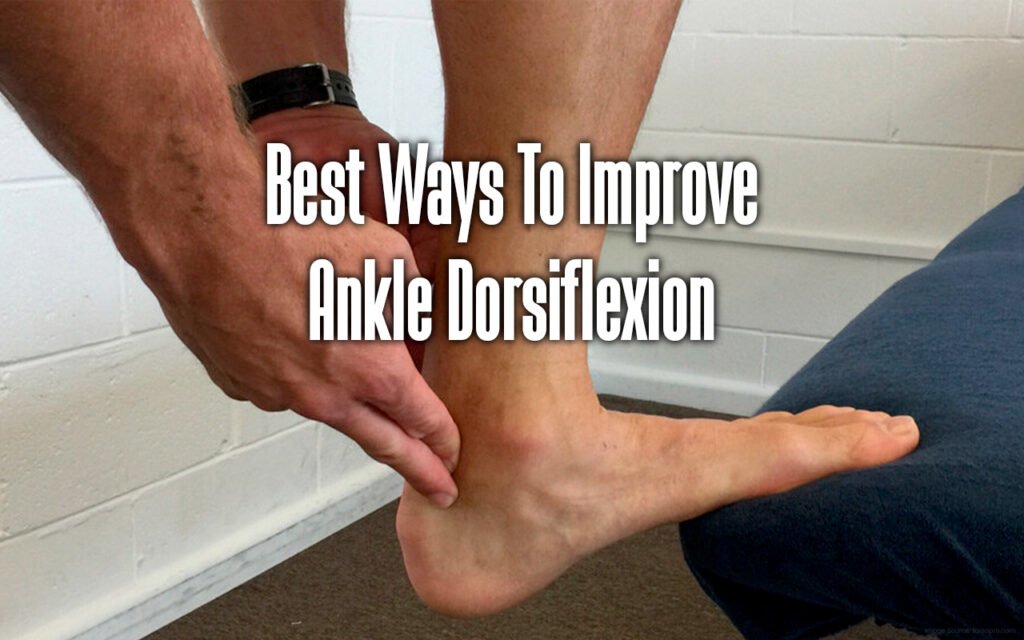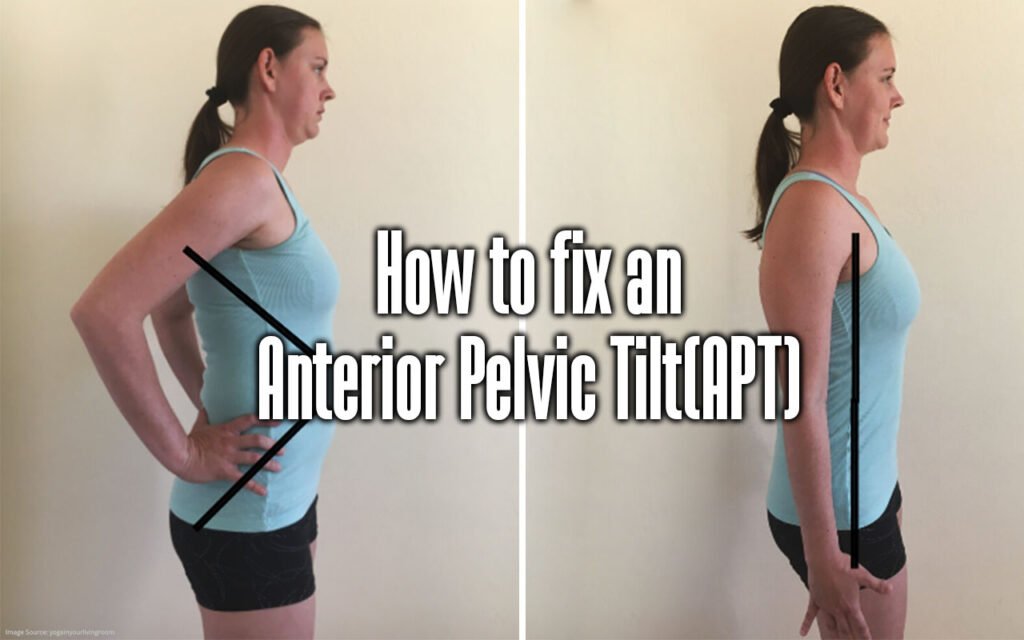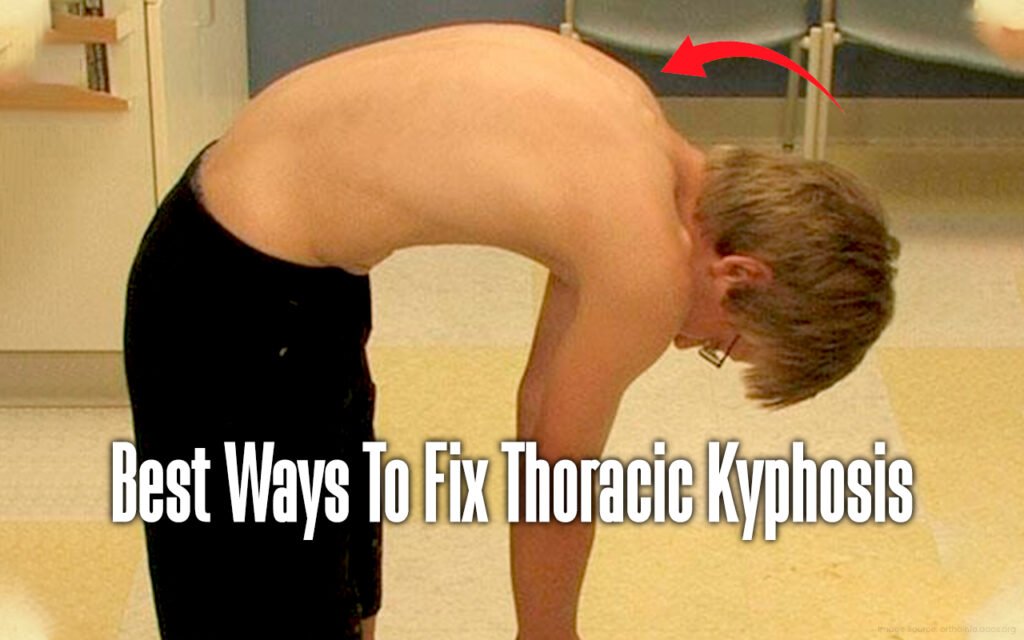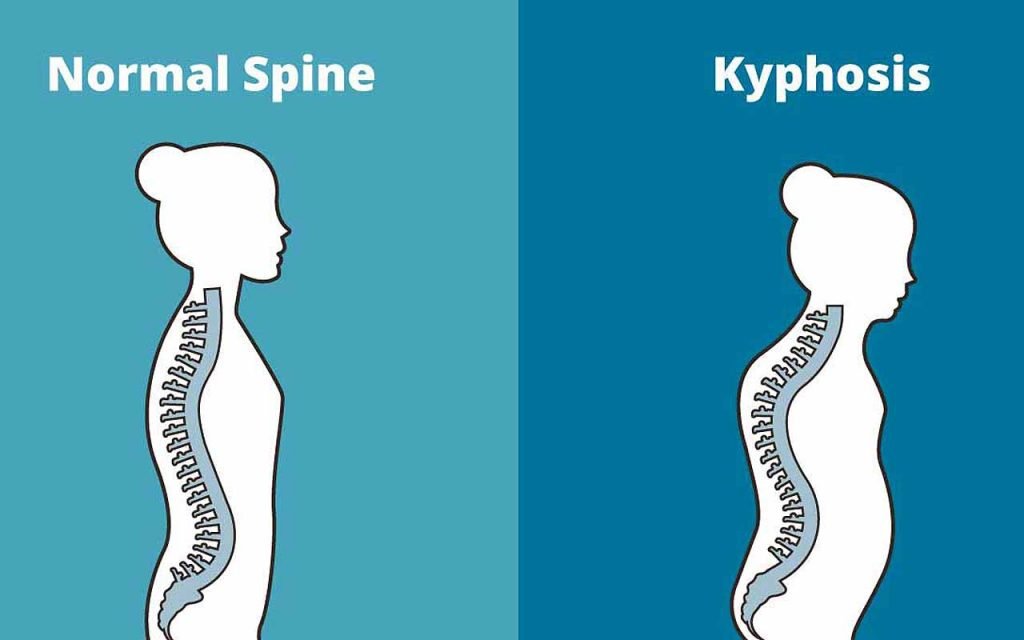[Updated on 1 May 2023] The condition known as Duck Feet occurs when toes point downward and may curl under. Sometimes it can be difficult to identify if someone has this condition, but generally speaking, if a person’s heels drag on the ground while they walk instead of lifting up, it could be a sign of this condition. There are several methods to prevent or fix this issue, which can include wearing high-quality shoes and performing exercises to strengthen the muscles in the feet. Duck Feet Condition It’s important to address duck feet, as it’s not a simple condition to just live with. It could cause further physical problems, so finding ways to correct it is necessary. Sometimes it could resolve on its own, but not always. Dealing with duck feet for a longer period of time can cause physical problems, so it’s best to find a quicker solution. This condition…
Best Ways To Fix Bad Posture
[Updated on 1 April 2023] Bad posture can have a significant impact on your health and well-being. Poor posture can lead to various issues, like neck pain, back pain, headaches, and digestive problems. In addition, it can also affect your confidence and self-esteem. The good news is that bad posture can be corrected with the right approach. In this article, we will discuss how to fix bad posture and improve your overall health and well-being. Understanding Posture Before we dive into how to fix bad posture, it’s important to understand what posture is and why it’s important. Posture refers to the situation in which you hold your body while lying, standing, or sitting down. Good posture is when your body is in alignment, with your head, shoulders, and hips in a straight line. This alignment helps to distribute your body weight evenly, reducing the strain on your joints and muscles.…
Best Ways To Fix Rib Flare With These Powerful Exercises
[Updated on 1 May 2023] Do you often find that your shirt cannot seem to cover your ribs properly? This may be a sign of Flared Ribs. It is not only unappealing to the eye, but it could also have an impact on your bodily functions. In this article, we’ll cover the topic of flared ribs and provide methods for treating them. What Is Rib Flare? In rib flare, the lower ribs rotate externally, causing a slight protrusion of the bottom ribs. Although it’s not a serious issue, it is advisable to address it to avoid potential problems such as back pain, poor posture, and a weakened core. Rib flare can be caused by genetics or prolonged poor breathing patterns. Below, we provide a list of rib flare exercises that you can try in order to improve your condition. The ribs in our body are not fixed and are actually…
Everything You Need to Know About Hyperlordosis
[Updated on 1 May 2023] Your lower back is curved inward to a small degree, with your spine sloping like an “S” form. When your lumbar spine has an excessive arch, it becomes a dangerous condition known as hyperlordosis. Have you noticed that your lower back’s arch forces your tummy to protrude forward? If you don’t already suffer from back pain, it might cause it to you in the future. A person with an exaggerated inward curve in their lower spine would have an outward bend in the upper spine, causing their shoulders to hunch forward and the chest to collapse inward. Hyperlordosis must be addressed if you want to avoid back discomfort and obtain good posture and skeletal alignment. Fortunately, it is a correctable disease that may be treated by adopting healthy habits and exercises. Continue reading to know more about the causes of hyperlordosis, how to identify it,…
Best Ways To Improve Ankle Dorsiflexion
[Updated on 1 May 2023] Ankle dorsiflexion refers to bringing the top of the foot towards the shin or upward towards the body. It is a critical joint action at the ankle joint, allowing for various activities such as walking, running, and squatting. This movement is facilitated by specific muscles and ligaments surrounding the ankle. The ankle joint consists of the tibia (shinbone) and fibula (smaller bone in the lower leg) connecting to the talus (one of the bones in the foot), creating a hinge joint. Dorsiflexion occurs when the foot and ankle move in a direction that brings the toes closer to the shin. This movement is opposed to plantar flexion, which involves pointing the toes downward, away from the shin. Several muscles play a crucial role in ankle dorsiflexion. The primary strength responsible for this movement is the tibialis anterior at the front of the lower leg. When…
The Ultimate Guide To Fixing Knee Valgus
[Updated on 1 May 2023] Knee valgus is a problem in which the knees bend inward, also known as “knock knees.” It’s a typical misalignment characterized by the knee bending inward. This problem occurs most frequently in young children, although it may last into adulthood in some situations. A variety of factors can cause knee valgus. Some are structural changes, such as rheumatoid arthritis or a knee joint, femur, or tibia deformity. Knee valgus due to these anomalies is unavoidable and can’t be repaired, but there are several treatment choices accessible that may assist relieve the discomfort caused by it. Another frequent cause of knee valgus that may be prevented and healed – muscular imbalances caused by bad posture – is our main concern. In this post, you’ll discover what knock knees is, where it originates, and how to fix knee valgus due to bad posture. What is Knee Valgus?…
What Is Anterior Pelvic Tilt & How Do You Fix It?
[Updated on 1 May 2023] You may remember that Anterior Pelvic Tilt is the substance produced by your cells to provide you with energy. If you swap two letters in a word, it can turn into APT, which has the potential to stop you from moving forward. Anterior pelvic tilt refers to a condition where the pelvis tilts down more than it tilts forward. It is partly an anatomical feature and partly a bad habit. When this primary structure is out of whack, it can induce a slew of postural issues that lead to back discomfort, stiff muscles, and a restricted range of motion. The good news is that an anterior pelvic tilt may be treated and corrected through specific exercises and stretches, which we’ll review in this post. We’ll also review how an anterior pelvic tilt develops and the treatment options to reverse it. Let’s get going! What is…
Say Good Bye To Text Neck Posture With These Effective Exercises
[Updated on 1 April 2023] In today’s technology-driven world, many of us spend long hours staring at screens, be it a computer, a tablet, or a smartphone. This extended screen time can take a toll on our physical health, particularly our posture. “Text neck” is a term used to describe the forward head posture and rounded shoulders that can result from constantly looking down at a screen. This condition can cause neck pain and headaches and even contribute to long-term spinal problems. However, the good news is that text neck posture can be corrected with the right adjustments and exercises. In this article, we’ll discuss some effective strategies for fixing text neck posture and reducing its negative effects on our health. What Is Text Neck Syndrome? Your muscles may have to work hard if you frequently look down at your phone or computer for hours because, depending on the angle,…
Best Ways To Fix Thoracic Kyphosis
[Updated on 1 May 2023] Thoracic Kyphosis, commonly known as Hunchback Posture, is a condition that affects spine alignment, causing a rounded upper back, forward head posture, and increased pressure on the neck and shoulders. This condition can result from poor posture, prolonged sitting, or a sedentary lifestyle, leading to discomfort and potential health problems. However, the good news is that thoracic kyphosis can be corrected through a series of exercises, stretches, and lifestyle modifications. In this article, we’ll explore various ways to fix thoracic kyphosis and improve your overall posture and health. Whether you’re experiencing discomfort or simply want to improve your posture, these tips will help you achieve a healthier, more balanced body. Causes Of Thoracic Kyphosis Here are the common causes of Thoracic Kyphosis: Aging: As we age, the spinal discs between our vertebrae lose water content and elasticity, leading to a loss of height in the spine…
Ways to Diagnose Thoracic Kyphosis Symptoms
[Updated on 1 March 2023] When you have back discomfort or pain (mild or severe) it could be due to overuse, muscle strain or sometimes thoracic kyphosis. A doctor has many ways to diagnose thoracic kyphosis including physically examining you to see whether you have bad posture. He or she will examine the curvature of your kyphotic curve, which is a type of curve that is present in the spine around the chest area. It is this curve that determines your posture as you walk, sit or stand. An exaggerated kyphotic curve (curved more than 40 to 45 degrees) is a sign that you may have thoracic kyphosis. Types of Thoracic Kyphosis Symptoms There are several types of adult kyphosis but we will just look at five: Post-traumatic Kyphosis When your spine is injured there is a huge risk that you will develop kyphosis or experience nerve problems in the…




